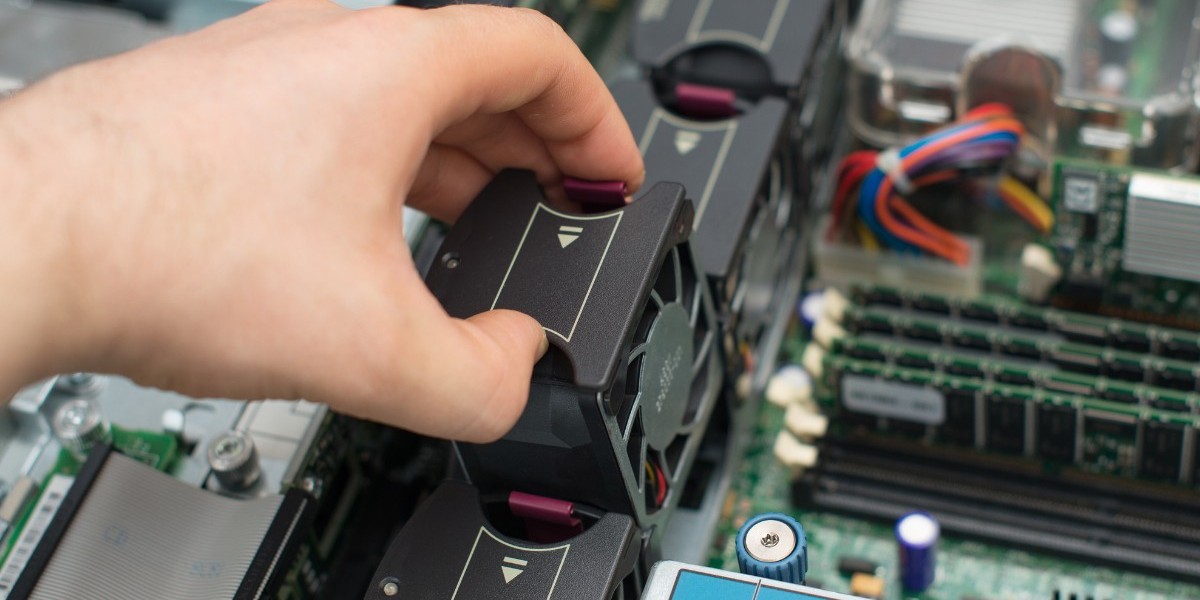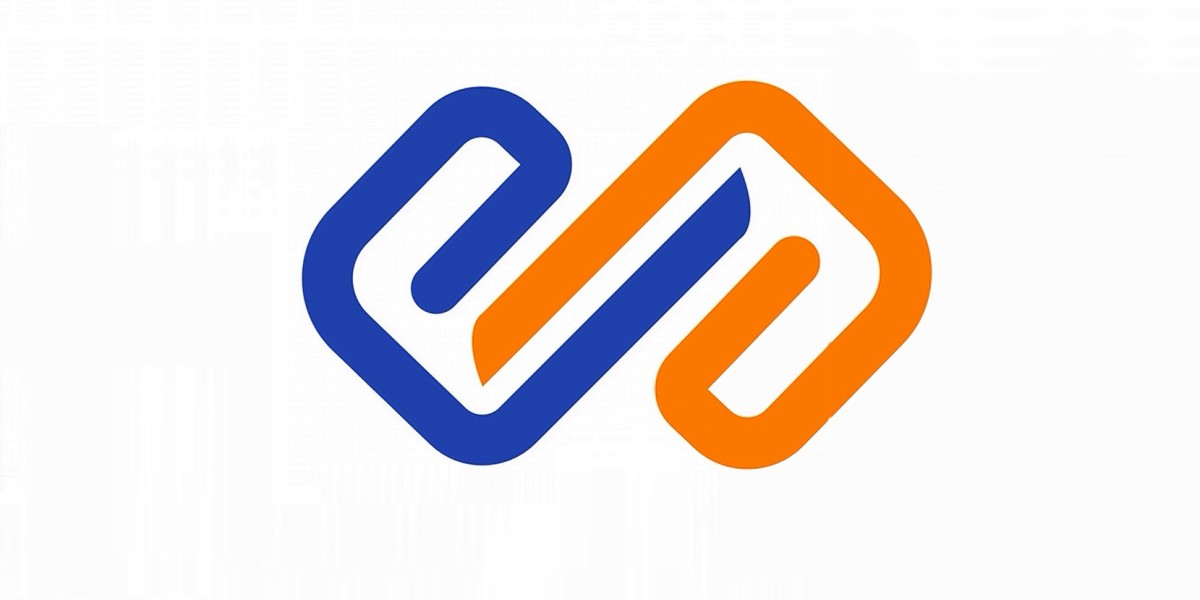In today's fast-paced business environment, maintaining a reliable and efficient IT infrastructure is crucial for staying competitive. Traditional break-fix IT support, where issues are addressed reactively as they arise, is no longer sufficient to meet the demands of modern businesses. Instead, companies are increasingly turning to proactive IT support, which focuses on preventing problems before they occur and optimizing systems for peak performance. In this article, we'll explore the steps that businesses can take to successfully transition from break-fix to proactive IT support.
What is Break-Fix and Proactive IT Support?
Break-fix IT support involves addressing IT issues only when they arise, often resulting in downtime, productivity losses, and higher repair costs. On the other hand, proactive IT support takes a preventative approach, continuously monitoring systems, and addressing potential issues before they escalate into major problems.
Importance of Transitioning to Proactive IT Support
Transitioning from break-fix to proactive IT support offers numerous benefits, including increased system reliability, reduced downtime, enhanced security, and improved overall efficiency. By taking a proactive approach to IT management, businesses can minimize disruptions, optimize performance, and better align technology with their strategic objectives.
Assess Current Situation
Before embarking on the transition journey, businesses need to assess their current IT infrastructure and identify any shortcomings or inefficiencies associated with the break-fix approach. This includes evaluating existing systems, processes, and resources to determine areas for improvement.
Establish Goals
Once the current situation has been evaluated, businesses should establish clear goals and objectives for transitioning to proactive IT support. These goals should be specific, measurable, achievable, relevant, and time-bound (SMART), providing a roadmap for the transition process and serving as benchmarks for success.
Invest in Monitoring Tools
Transitioning to proactive IT support requires the implementation of robust monitoring tools that can continuously track the performance and health of IT systems. These tools provide real-time insights into network activity, identify potential issues proactively, and enable IT teams to take preemptive action to prevent downtime or disruptions.
Implement Automation
Automation plays a crucial role in proactive IT support by streamlining routine tasks, minimizing manual intervention, and improving operational efficiency. By automating repetitive processes such as software updates, patch management, and system backups, businesses can free up valuable time and resources to focus on more strategic initiatives.
Train Staff
To ensure a successful transition, businesses must invest in comprehensive training programs to equip their IT staff with the knowledge and skills required for proactive IT support. This includes training on new tools, technologies, and methodologies, as well as fostering a culture of continuous learning and innovation within the IT department.
Develop Maintenance Plans
Proactive maintenance is key to preventing IT issues and optimizing system performance. Businesses should develop proactive maintenance plans that outline regular schedules for software updates, security patches, hardware upgrades, and system optimizations to keep their IT infrastructure running smoothly and efficiently.
Establish Communication Channels
Effective communication is essential for a smooth transition to proactive IT support. Businesses should establish open channels of communication between IT teams, management, and other stakeholders to ensure alignment of goals, share updates and insights, and address any concerns or issues that may arise during the transition process.
Monitor and Evaluate Progress
Throughout the transition process, it's important for businesses to monitor and evaluate their progress against established goals and objectives. This includes tracking key performance metrics, soliciting feedback from stakeholders, and making adjustments to strategies and tactics as needed to stay on course.
Address Challenges
Transitioning from break-fix to proactive IT support may present challenges such as resistance to change, technical complexities, and resource constraints. Businesses should anticipate these challenges and implement strategies to overcome them, such as providing additional training and support, leveraging external expertise, or reallocating resources as needed.
Ensure Data Security
As businesses transition to proactive IT support, it's essential to prioritize data security and protect sensitive information from cyber threats and breaches. This includes implementing robust cybersecurity measures, such as firewalls, encryption, and multi-factor authentication, as well as establishing comprehensive backup and recovery solutions to mitigate the risk of data loss or corruption.
Provide Ongoing Support
Transitioning to proactive IT support is not a one-time event but an ongoing process that requires continuous monitoring, maintenance, and support. Businesses should be prepared to provide ongoing support and troubleshooting services to address any issues that may arise and ensure the long-term success of their proactive IT initiatives.
Measure ROI
To justify the investment in transitioning to proactive IT support, businesses should measure the return on investment (ROI) by quantifying the cost savings, efficiency gains, and other benefits achieved through the transition process. This includes comparing the costs of proactive IT support to the expenses associated with break-fix IT support services and identifying areas where savings and improvements have been realized.
Celebrate Success
Finally, businesses should celebrate their success and recognize the achievements and milestones reached in transitioning to proactive IT support. By acknowledging the hard work and dedication of their IT teams and stakeholders, businesses can foster a culture of innovation, collaboration, and continuous improvement that will drive future success.
Conclusion
Transitioning from break-fix to proactive IT support is a strategic imperative for businesses looking to stay competitive and agile in today's digital landscape. By following the steps outlined in this article, businesses can effectively plan and execute their transition, reap the benefits of proactive IT support, and position themselves for long-term success.
We think you’ll also like: On-demand IT services







